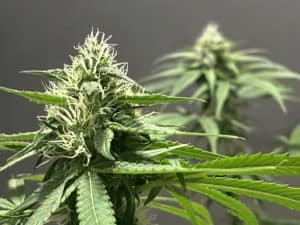 Hemp, or Cannabis sativa L., has over 25,000 uses ranging from ink and paper to textiles. Its history dates back to 8,000 BC, according to the Massachusetts Institute of Technology (MIT). Until recently, hemp was one of the most important crops. People from around the world used it to make clothes, medicines, banknotes, plastics, and other goods.
Hemp, or Cannabis sativa L., has over 25,000 uses ranging from ink and paper to textiles. Its history dates back to 8,000 BC, according to the Massachusetts Institute of Technology (MIT). Until recently, hemp was one of the most important crops. People from around the world used it to make clothes, medicines, banknotes, plastics, and other goods.
Despite its wide range of uses, this plant was banned in the U.S. and other countries for several decades.
Today, the USDA allows the cultivation of industrial hemp with no more than 0.3% delta-9 tetrahydrocannabinol (THC) by dry weight. THC is a psychoactive compound that can induce feelings of relaxation and euphoria when used in low doses—but more on that later.
So, what is hemp and how does it differ from marijuana and cannabis? Most importantly, is it safe for consumption? What about its legal status?
Let’s find out!
What is Hemp?
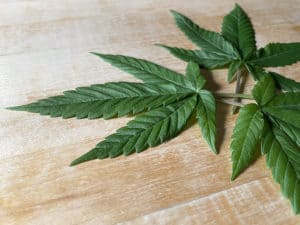 Like cannabis, hemp is a variety of the C. sativa plant species. Its seeds, flowers, and shives (its woody core) are used across various industries, from textiles and personal to automotive manufacturing.
Like cannabis, hemp is a variety of the C. sativa plant species. Its seeds, flowers, and shives (its woody core) are used across various industries, from textiles and personal to automotive manufacturing.
In the early ’40s, Henry Ford actually designed a car with plastic panels made from soybeans, hemp, and other plant-derived materials. His invention had half the weight of a steel car.
Today, manufacturers use industrial hemp in thousands of products, from paper and biofuel to food. Hemp seeds are prized for their high nutritional value, offering over 9 grams of protein per ounce. Hemp oil, another popular product, is rich in healthy fats, magnesium, iron, and B-complex vitamins.
The leaves of the hemp plant can be used in fresh juices, salads, and smoothies. Hemp fiber, on the other hand, plays a major role in the construction, automotive, and textile industries.
Hemp not only improves the soil where it grows but also benefits the environment. The materials made from hemp fiber are non-toxic, recyclable, and strong.
From a legal standpoint, “hemp” means any cannabis crop with THC levels below 0.3% on a dry-weight basis. C. sativa varieties with higher THC concentrations are banned in the U.S., according to the Congressional Research Service. American farmers must hold a USDA license to cultivate hemp with less than 0.3% THC.
Hemp vs. Marijuana: Similarities and Differences
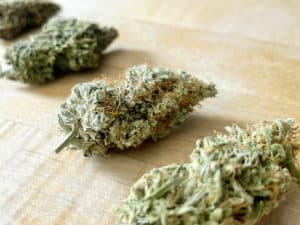 Both hemp and marijuana are derived from C. sativa, the cannabis plant. However, they have a different composition and genetic makeup, points out the Congressional Research Service.
Both hemp and marijuana are derived from C. sativa, the cannabis plant. However, they have a different composition and genetic makeup, points out the Congressional Research Service.
As discussed earlier, industrial hemp is low in THC, the psychoactive compound in C. sativa. It also has high levels of cannabidiol, or CBD, a compound with therapeutic uses.
In addition to CBD, hemp contains hundreds of cannabinoids, such as:
- Cannabigerol (CBG)
- Cannabinol (CBN)
- Cannabicyclol (CBL)
- Cannabichromene (CBC)
- Tetrahydrocannabinolic acid (THCA)
Marijuana contains these compounds, too, but it’s higher in THC. For this reason, it’s more likely to get you “high.” When consumed in large doses, THC may cause dizziness, anxiety, sedation, and impaired motor skills. These side effects last for about three hours or longer, reports Live Science.
In clinical trials, subjects who used products containing both CBD and THC didn’t report any major adverse reactions. This could be due to the fact that CBD may cancel out some of the negative effects of THC, explains the American Institute of Physics.
Another important difference between hemp and marijuana lies in how they are processed.
Industrial hemp is cultivated for its seeds, flowers, or fiber, depending on the intended use. Therefore, the whole plant can be used commercially.
Marijuana, on the other hand, is grown for its flowers and leaves, which boast high levels of THC.
Hemp Is One the Oldest Cultivated Plants
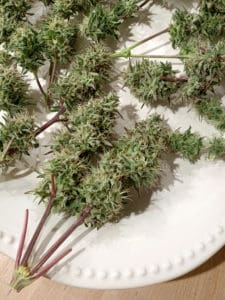 The cannabis or hemp plant is best known for its use as food and medicine, but few know that its history can be traced back to the beginning of mankind.
The cannabis or hemp plant is best known for its use as food and medicine, but few know that its history can be traced back to the beginning of mankind.
According to MIT, hemp was probably the first plant grown for textile fiber. Researchers found traces of hemp cloth dating back to 8,000 BC. Current evidence suggests that the ancient Chinese grew hemp for cloth in the 28th century BC. The world’s first paper was made from this plant.
The seeds, leaves, and roots of the hemp plant were also used as a natural remedy. In ancient times, people used cannabis for joint pain, insomnia, convulsions, and more.
During the middle ages, hemp became one of the most important raw materials for rope and clothing. Hemp fiber is three times stronger than cotton, notes MIT.
Historically, cannabis played a key role in folk medicine, paper production, and textile manufacturing. It was also used in religious ceremonies, according to the American Association for the Advancement of Science.
Today, hemp is prized for its low-carbon footprint and potential health benefits. This brings us to the next point…
The Environmental Benefits of Hemp
The global hemp market was worth over $4.7 billion in 2019. While most consumers associate hemp with CBD oil, the cannabis plant has thousands of uses.
As Forbes points out, major companies like Ford Motors and The Body Shop use sustainable hemp seeds and other components of the C. Sativa plant. Cannabis is naturally resistant to mold and most pests and grows in a wide range of soils. Compared to other plants, it requires little water and can be sustainably processed.
Interested to find out more? Let’s see some quick facts about the environmental benefits of hemp:
- Each year, one acre of hemp can produce as much fiber as two or three cotton acres, according to Texas Tech University. Plus, this plant takes only 120 days to reach harvest.
- Hemp enriches the soil and takes up little space. Moreover, it requires no herbicides or pesticides as it’s naturally resistant to weeds and pests.
- Hemp fiber is stronger and longer-lasting than cotton, which makes it ideal for clothing and industrial products, such as rope. Due to its high strength and durability, it’s widely used in the construction industry.
- Hemp seeds can replace soybeans in most products, from tofu and soy milk to vegan burgers.
- The oil extracted from hemp seeds is safe for consumption, but it can also be used to produce ink, paint, moisturizing agents, and other industrial goods.
- The products made from hemp can be recycled more times than those made from other sustainable materials.
- This plant absorbs large amounts of carbon dioxide, which in turn may help improve air quality.
WAFBA co-founder Morris Beegle told Forbes that hemp can replace soy, corn, and cotton in most goods. Some companies use hemp to produce bioplastics, an eco-friendly alternative to conventional plastic products.
Hemp, an Ancient Crop with Modern Uses
As mentioned earlier, hemp can be used in over 25,000 different products across various industries. Hemp seed oil, for instance, is a good source of fatty acids. You can add it to your favorite meals, apply it to your skin, or mix it into shampoos, conditioners, and hair masks.
When applied topically, hemp oil may relieve the symptoms of eczema, psoriasis, acne, dermatitis, and other skin conditions. Plus, it may protect against skin infections caused by bacteria and other pathogens.
CBD oil is even more beneficial due to its analgesic and anti-inflammatory properties. See our guide on what CBD feels like to find out more.
Hemp is also used in the manufacturing, construction, skincare, and pharmaceutical industries. Here are some examples of products containing hemp and its derivatives:
 Human and animal food
Human and animal food- Medicines and dietary supplements
- Clothing and footwear
- Bedding items
- Biofuel and bioplastics
- Insulation materials
- Building materials, such as hemp concrete and honeycomb plaster
- Sail canvas
- Oils and varnishes
- Hemp jewelry
- Food wraps
- Fashion accessories
- Cosmetics and personal care products
- Hemp essential oil and aromatherapy candles
- Pet toys and accessories
- Laundry detergent
- Specialty papers
As Forbes notes, using hemp instead of other raw materials is a win-win for the economy and the environment.
This plant is naturally organic and resistant to mold, bacteria, and pests. On top of that, we can use every single part of it, not just its seeds or flowers.
Hemp Nutritional Value and Potential Health Benefits
Hemp is often associated with CBD, a non-psychoactive compound with health-promoting effects. But CBD is just one of the many beneficial compounds in the hemp plant.
 Sativa boasts more than 100 cannabinoids, states the National Center for Complementary and Integrative Health. Its seeds are an excellent source of protein, vitamins, minerals, fatty acids, and antioxidants.
Sativa boasts more than 100 cannabinoids, states the National Center for Complementary and Integrative Health. Its seeds are an excellent source of protein, vitamins, minerals, fatty acids, and antioxidants.- CBD, one of the most abundant cannabinoids in the hemp plant, may help improve the symptoms of pediatric epilepsy and Parkinson’s disease. It also appears to be effective in the treatment of chronic pain, seizures, anxiety, depression, and insomnia.
- CBG, a compound extracted from young cannabis plants, may reduce pain and inflammation. In animal studies, it had beneficial effects on subjects with inflammatory bowel disease, Huntington’s disease, glaucoma, and colon cancer.
- CBDA (Cannabidiolic acid) may protect against cancer, decrease inflammation, and relieve nausea. The highest doses of CBDA are found in hemp seed oil.
- CBN may relieve chronic muscle pain, improve arthritis symptoms, and stimulate appetite.
- THC exhibits analgesic and antiemetic effects. When used in appropriate doses, it may relieve fibromyalgia and nerve pain.
- The cannabis plant is also rich in terpenes, a class of aromatic compounds with anti-inflammatory, antifungal, antioxidant, and hypoglycemic properties.
Myrcene, for example, fights oxidative stress, decreases pain, and relaxes the muscles. Beta-caryophyllene may reduce anxiety and depression while improving brain health. Linalool boosts antipsychotic, analgesic, and sedative effects.
Hemp seeds and hemp oil also contain micro- and macronutrients, such as protein, omega-3s, zinc, and folate. The seeds are particularly high in phosphorus, iron, copper, magnesium, and manganese.
Note that hemp contains complete protein, meaning that it provides all nine essential amino acids. Plus, it has no cholesterol or saturated fats.
Is Hemp Legal?
Despite its potential health benefits, hemp remains one of the most controversial plants in history. Until recently, there wasn’t a clear distinction between hemp and marijuana from a legal standpoint.
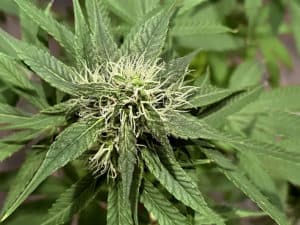 In 1970, hemp was grouped with all types of cannabis and banned in the United States. The U.S. Drug Enforcement Agency (DEA), which was established three years later, further enforced the ban on cannabis products. Back then, little was known about the differences between hemp and marijuana.
In 1970, hemp was grouped with all types of cannabis and banned in the United States. The U.S. Drug Enforcement Agency (DEA), which was established three years later, further enforced the ban on cannabis products. Back then, little was known about the differences between hemp and marijuana.
The legal status of hemp has changed in 2018 thanks to the Farm Bill, which allows its cultivation, processing, and distribution. Under this new law, there are no restrictions on the sale or possession of hemp products as long as they contain less than 0.3% THC.
Any product with more than 0.3% THC is classified as marijuana, a Schedule I controlled substance. Even today, there’s still a lot of confusion about CBD. Additionally, the laws governing hemp cultivation and distribution vary by state.
Currently, hemp is legal in all 50 states. Medical marijuana, on the other hand, is subject to different regulations, which vary at the state and local levels.
Make an Informed Decision
We hope this guide answered your question, “What is hemp?” This plant has been around for millennia, and its health benefits are backed up by science. Its sustainability and nutritional value are hard to match.
Note that not all hemp products are created equal. Some boast large doses of CBD, terpenes, and antioxidants, while others have little or no nutritional value. Their potency varies among brands and depends largely on the processing method and ingredients used.
Our goal is to help you make an informed decision. See our guide on how to buy CBD oil or browse the rest of our blog to learn more about CBD flowers, edibles, and other hemp products.
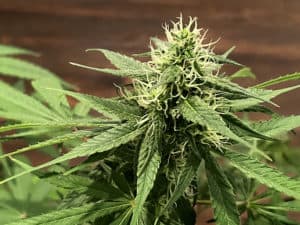 Human and animal food
Human and animal food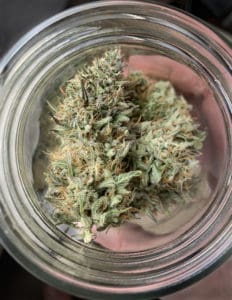 Sativa boasts more than 100 cannabinoids, states the
Sativa boasts more than 100 cannabinoids, states the 